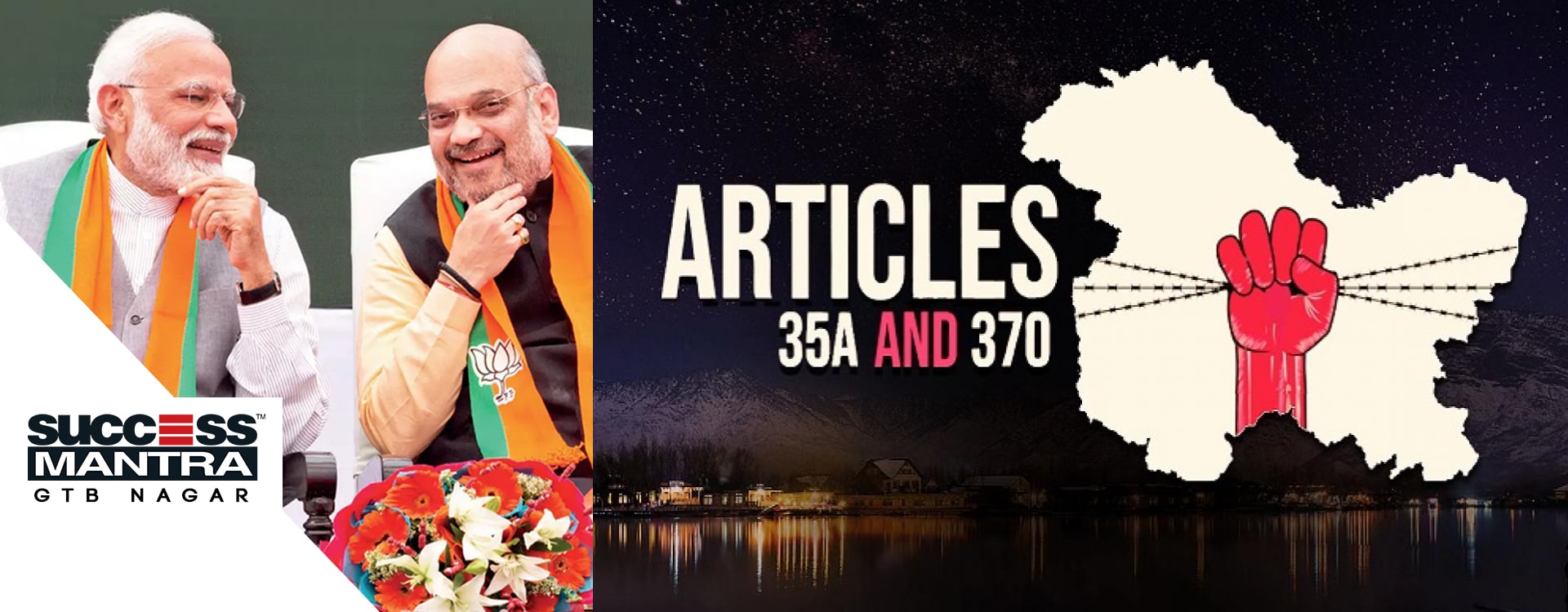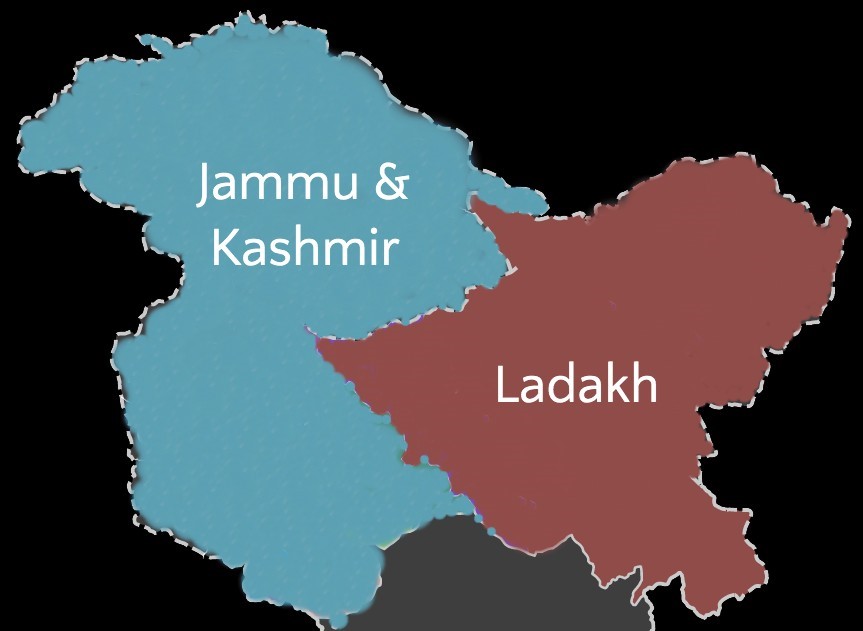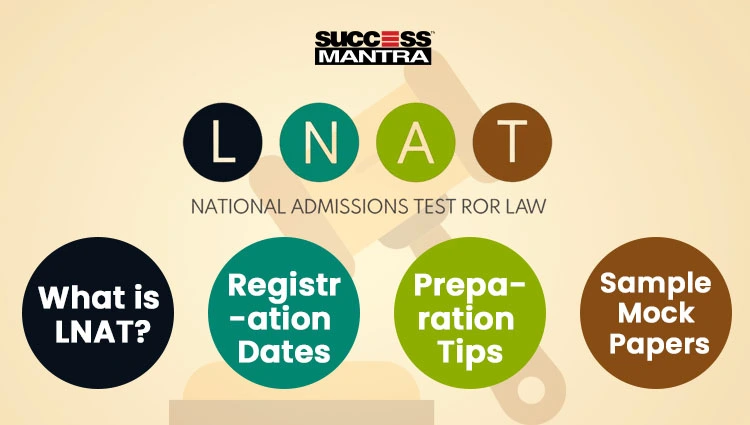
JAMMU & KASHMIR AND LADAKH DECLARED AS A UNION TERRITORY – TEMPORARY ARTICLE 370 SCRAPPED OFF
JAMMU & KASHMIR AND LADAKH DECLARED AS A UNION TERRITORY – TEMPORARY ARTICLE 370 SCRAPPED OFF
HISTORY OF JAMMU & KASHMIR
IN THE PRE-INDEPENDENT ERA (BEFORE 1947)
Kashmir owes its origin to a legendary rishi Kashyap, who is credited to have reclaimed it from a huge lake that existed where Kashmir Valley is located today. The land was called Kashyapmar earlier and later was came to known as Kashmir.
The legendary Mauryan emperor Ashoka was the one who founded the city of Srinagar and brought Buddhism to Kashmir. This led to a number of ruling dynasties till the middle of fourteenth century that came in Kashmir. Rinchana established the first Muslim dynasty in Kashmir. He was earlier a Tibetan Buddhist refugee who later converted to Islam. It was under the rule of Mughal emperor Akbar that Kashmir was annexed to his empire.
Maharaja Ranjit Singh gave the state of Jammu and Kashmir its modern shape. He annexed Kashmir from the Mughal empire in early 19th century with his forces running over the Kashmir Valley in 1819. In 1820, Gulab Singh, the Dogra general of Ranjit Singh was made the Raja of the state of Jammu. He expanded his empire by conquering Ladakh in the 1830s and Baltistan (Now in Pakistan) in the 1840s. Gulab Singh also advanced towards Tibet in 1841, but could not progress.
Maharaja Ranjit Singh also gave to Dhyan Singh, who was Gulab Singh’s brother, the district of Poonch (now located in the Jammu and Kashmir). Therefore, Poonch too became a separate state, different from Gulab Singh’s Jammu. However, Dhyan Singh faced a series of rebellions from his majority Muslim subjects.
Basically, the valley remained with the Sikhs until a little after Maharaja Ranjit Singh’s death in 1839. After the defeat in the Anglo-Sikh War, the Sikh Empire had to cede Kashmir to the English East India Company through the Treaty of Lahore, which was signed on March 9, 1846. However, Raja Gulab Singh stayed neutral during the Anglo-Sikh War. This led to the British granting him dominion over Jammu and Kashmir through a sale deed for a sum of Rs 75 lakh. This deed was formalised through the Treaty of Amritsar. The state of Jammu and Kashmir was thus formed, a Muslim-majority state with a Hindu Dogra ruler. The last ruling Maharaja of the Dogra dynasty was Maharaja Hari Singh, the son of Raja Amar Singh Jamwal and the nephew of his predecessor in the Dogra dynasty, Maharaja Pratap Singh.
POST INDIA’S INDEPENDENCE
India got its independence from the British rule in 1947, with the formation of two countries-India and Pakistan. At that time, there were about 650 princely states in the country which had an option to join either of the countries. Sarda Vallabhai Patel played an important role in integrating these states with India. However, Maharaja Hari Singh decided that Jammu and Kashmir will remain as an independent region and not join either of the countries.
In October 1947, the Pakistani army attacked Jammu & Kashmir and Maharaja Hari Singh turned to India for help. He signed the Instrument of Accession, ceding Kashmir to India on October 26, 1947 and in turn Indian military came to rescue. The ‘Instrument of Accession’ specified three subjects on which Jammu and Kashmir would transfer its powers to the government of India and those were- Foreign affairs, Defence and Communications. However, during this war, Pakistan acceded and occupied a region of Jammu and Kashmir, which is known as Pakistan Occupied Kashmir(POK) in today’s time. The dispute was referred to the United Nations in 1948.
India and Pakistan signed the Karachi agreement because of the mediation offered by the United Nations in 1949 leading to the establishment of a ceasefire. In March 1948, the Maharaja appointed an interim government in the state, with Sheikh Abdullah as the prime minister. In July 1949, Sheikh Abdullah and three other colleagues joined the Indian Constituent Assembly and negotiated the special status of J&K, leading to the adoption of Article 370. India’s constitution came into force on 26 January 1950 and it explicitly mentioned that Jammu and Kashmir is a special state status under Article 370.
In 1954 through a Presidential order signed by President Rajendra Prasad using the powers conferred upon him by the clause (1) of the Article 370 of the Constitution, on the advice of the then Prime Minister Jawaharlal Nehru, Article 35A was inserted.
Article 35A allows the Jammu and Kashmir legislature to define permanent residents of the state. In 1957, Kashmir was formally incorporated into the Indian Union. It was granted a special status under Article 370 of India's constitution, which ensures, among other things, that non-Kashmiri Indians cannot buy property there.
Fighting broke out again between India and Pakistan in 1965, but a ceasefire was established that September. Indian Prime Minister, Lal Bhadur Shastri, and Pakistani President, M Ayub Khan, signed the Tashkent agreement on January 1, 1966. They resolved to try to end the dispute, but the death of Mr Shastri and the rise of Gen Yahya Khan in Pakistan resulted in stalemate.
In 1971, a third war erupts between India and Pakistan. In 1972, India and Pakistan signed the Simla Agreement which ratifies the ceasefire line as the Line of Control.
ARTICLE 370- EXPLAINED
Article 370 granted an autonomous status to Jammu & Kashmir. It is the first article of Part XXI of the Constitution. The heading of this part is ‘Temporary, Transitional and Special Provisions’. Some of the important features of the article are:
- Except for defence, foreign affairs, finance and communications, Parliament needs the state government's concurrence for applying all other laws. Thus the state's residents live under a separate set of laws, including those related to citizenship, ownership of property, and fundamental rights, as compared to other Indians.
- The Centre has no power to declare financial emergency under Article 360 in the state. It can declare emergency in the state only in case of war or external aggression.
- The Union government can therefore not declare emergency on grounds of internal disturbance or imminent danger unless it is made at the request or with the concurrence of the state government.
- It allowed the state to have a separate Constitution and flag.
Article 35A- EXPLAINED
The Jammu and Kashmir’s Constitution defined a permanent resident as someone who was a state subject on May 14, 1954 or who has been a resident of the state for 10 years and has lawfully acquired immovable property. Under this article, the Jammu and Kashmir Legislative Assembly has the power to alter the definition of the permanent resident through a law passed with at least two-thirds majority. This Article gave the State Legislature of Jammu and Kashmir exclusive power:
- To define classes of persons who are/shall be permanent residents of the State
- To confer permanent residents special rights and privileges and impose restrictions upon other persons from outside the State.
- To make laws and conditions for State government employment, acquisition of immovable property, settlement rights, scholarships and other forms of aid from the State government.
It bars people from outside Jammu and Kashmir from acquiring any immovable property in the state and no outsider can get a government job. However, it allows Hindus from Jammu and Ladakh regions to settle down in the Valley.
The article states that only a permanent resident can join any professional college run by the government or get any form of government aid. No one from outside the state is allowed to join such colleges or get funds from the government treasury.
The article also denies property rights to a woman if she marries a person outside Jammu and Kashmir. If a woman marries a man outside Jammu and Kashmir, the article has a provision which leads to forfeiting her right over the property. It also applies to their heirs.
JAMMU & KASHMIR COMPLETELY INTEGRATED WITH INDIA
In exercise of the powers conferred by clause (1) of article 370 of the Constitution, the President of India Ram Nath Kovind made the Constitution (Application to Jammu and Kashmir) Order, 2019. It scraps its 65-year-old predecessor, The Constitution (Application to Jammu and Kashmir) Order of May 14, 1954. The Presidential order scrapped away the provision of Article 370 of the Constitution that granted special status to Jammu and Kashmir, with an order saying ‘it shall come into force at once’ on 5 August 2019. The second part of the August 5, 2019 notification deals with the addition of a new clause to Article 367 which amends the proviso to clause (3) of 370. Article 367 deals with the applicability of the General Clauses Act 1897 to interpret the provisions of the Constitution. Clause (3) of Article 370 gives the President power to end the special rights and privileges of the people of Jammu and Kashmir under the 1954 Order. However, the clause carries a rider. That is, the President would have to first get the consent of the Constituent Assembly of J&K before issuing such a notification. This rider or check on the President’s power was intended to give the people of the State a say in their own future. Now, the Constituent Assembly has ceased to exist since 1956, when it was dissolved. The Assembly, at the time of its dissolution, had said nothing about the abrogation of Article 370. Consequently, Article 370, though it resides among the ‘temporary provisions’ of the Constitution, is deemed have become a permanent feature of the Constitution. The August 5 notification has tided over this obstacle of a non-existent ‘Constituent Assembly’ by amending the expression in the proviso to ‘Legislative Assembly’. And as there is Governor’s rule in Jammu & Kashmir, so the government had obtained the power from Governor for the same. The abrogation followed the Union government introducing the Jammu and Kashmir Reorganization Bill in Parliament.
EFFECTS OF ABROGATION OF ARTICLE 370
- India's Constitution gets full applicability in Jammu and Kashmir. The separate constitution of Jammu and Kashmir will cease to be in operation.
- The separate Ranbir Penal Code will give way to the Indian Penal Code.
- Article 35A, making distinction between the permanent residents of Jammu and Kashmir and the outsiders, will also cease to have any effect.
- The reservation laws will apply in jobs and education in Jammu and Kashmir like rest of the Indian states. Outsiders will be eligible for admission in colleges funded by the Jammu and Kashmir government and jobs in state government offices.
- Purchasing land and owning property by people, considered outsiders till now, would be possible. This was considered a major reason preventing corporates setting up big units in Jammu and Kashmir. The government has argued that removal of restriction on property ownership by outsiders will pave way for prosperity in Jammu and Kashmir.
- Kashmiri women, who marry a non-Kashmiri, and their children would no longer lose their right of inheritance.
REACTIONS FROM THE INTERNATIONAL COMMUNITY
Pakistan has broken all its diplomatic and trade ties with India and has tried to raise this issue at the United Nations Security Council (UNSC). It has sent back India’s High Commissioner to Pakistan- Ajay Bisaria. Pakistan did not send its newly-appointed High Commissioner Moinul Haque to India. The world’s most powerful nations such as the US, Russia, UAE etc. have welcomed India’s decision and clearly said that Jammu & Kashmir was India’s internal matter.
JAMMU AND KASHMIR REORGANISATION ACT 2019
The Union Home Minister Amit Shah presented a resolution for reorganisation of Jammu and Kashmir in Rajya Sabha and then Lok Sabha. The bill was passed by both the house with majority and President gave assent to the bill.
The major features of the act are:
- It reorganises the state of Jammu and Kashmir into: (i) the Union Territory of Jammu and Kashmir with a legislature, and (ii) the Union Territory of Ladakh without a legislature. The Union Territory of Ladakh will comprise Kargil and Leh districts, and the Union Territory of Jammu and Kashmir will comprise the remaining territories of the existing state of Jammu and Kashmir. These will come into existence on October 31 as it is the birth anniversary of the country's first home minister Sardar Vallabhbhai Patel, who was instrumental in the merger of about 565 princely states into the Union of India following Independence.
- The Union Territory of Jammu and Kashmir will be administered by the President, through an administrator appointed by him known as the Lieutenant Governor. The Union Territory of Ladakh will be administered by the President, through a Lieutenant Governor appointed by him.
- The Legislative Assembly of the Union Territory of Jammu and Kashmir will have total 107 seats. Of these, 24 seats will remain vacant on account of certain areas of Jammu and Kashmir being under the occupation of Pakistan. The Assembly will have a term of five years, and the Lieutenant Governor must summon the Assembly at least once in six months. The Legislative Assembly may make laws for any part of the Union Territory of Jammu and Kashmir related to: (i) any matters specified in the State List of the Constitution, except “Police” and “Public Order”, and (ii) any matter in the Concurrent List applicable to Union Territories. Further, Parliament will have the power to make laws in relation to any matter for the Union Territory of Jammu and Kashmir. The Legislative Council of the state of Jammu and Kashmir will be abolished. Upon dissolution, all Bills pending in the Council will lapse.
- Lok Sabha will have five seats from the UT of J-K, while from Ladakh the Lower House of Parliament will have one seat.

As the citizens of the country, we need to welcome the decision of the Government of India. The abrogation has paved way for a new Jammu & Kashmir, Ladakh where the stone palters and unemployed youth will be replaced by students and job seekers/ creators. As a country, we need to stand united and play our roles in building this New India, which has started making its strong footsteps being felt on the global level.
JAI HIND!!













Karan Rathi
Well written post. Thank you.
Jayant aggrawal
Nice info!
Moh. Abdul
Your information is very interesting. it is really helpful.
wznoytguvm
Muchas gracias. ?Como puedo iniciar sesion?